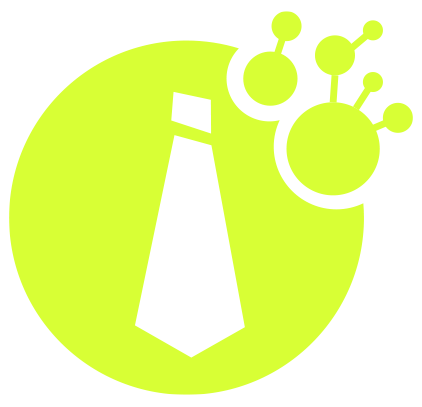If you’ve been in marketing for more than five minutes, you’ve likely come across the AIDA model — Attention, Interest, Desire, Action. It’s a classic. And for good reason: it offers a simple, logical way to think about how people make purchase decisions.
Let’s be honest, customer journeys don’t really work in a linear fashion anymore.
The problem is that today, people don’t move along their “customer journey” in a nice orderly way, from step to step. They scroll, skim, click, abandon, return, compare, message a mate, and maybe, just maybe, convert. Sometimes they do all of that in the same hour.
So, is AIDA outdated? Absolutely not! In fact, we still use it every day at Studiowide, just not in the way you might expect.
Rather than ditching AIDA entirely, we’ve found a better way to use it. We call it Micro-AIDA.
Think of it like this: instead of applying AIDA to the whole customer journey, apply it to each individual moment within that journey.
Every ad, email, webpage, notification or message is its own story (mini-journey). A beginning (attention and interest), a middle (desire), and an end (action).
We use this micro approach across all projects in our agency, especially when we’re working with fast-moving, content-rich campaigns. It’s a great way to not only structure messaging at a granular level, even when customer behaviour is unpredictable, but it also then feeds into the traditional much higher-level AIDA planning.
How It Looks in Practice
Let’s take a few everyday examples:
Email Campaign:
- Attention: A subject line that speaks directly to a common pain point.
- Interest: A hook in the opening line that shows you understand the reader.
- Desire: A short case study or stat showing how others have solved the same issue.
- Action: A simple CTA — “Book a chat”, “Download the guide”, “Try it free”.
Landing Page:
- Attention: A clear, benefit-led headline that cuts through the noise.
- Interest: Subheadings and visuals that build trust and relevance.
- Desire: Proof points — think testimonials, awards, stats.
- Action: A strong CTA that matches the intent of the page.
Social Ad:
- Attention: A bold visual or opening line that stops the scroll.
- Interest: A line that speaks to your audience’s situation.
- Desire: A benefit that hits home — “Save 10 hours a week”, “Cut onboarding time by half”.
- Action: “Try the tool”, “See how it works”, “Get your free demo”.
Why This Works
Applying AIDA at the micro level gives each piece of content a clear, focused purpose. It works particularly well when attention is short, messaging must be sharp, and journeys are fragmented.
This is why we love it:
- It’s flexible. You don’t have to wait for the full funnel to do its job — each interaction can move someone forward.
- It’s efficient. Writers, designers, developers — we’re all working from the same structure.
- It’s scalable. Whether you’re launching a new campaign or tweaking a single tooltip, the model holds up.
So, Is AIDA Still Relevant?
Absolutely. Just not as a one-size-fits-all journey map.
So there you go. AIDA isn’t dead. It’s evolving. And when you zoom in and apply it to the moments that make up a journey, it becomes incredibly useful again.
Which is why it’s our number one framework: it’s a really nice model for creating smart, compelling interactions, ensuring every touchpoint earns its keep, and for structuring clear, focused, and persuasive content.


